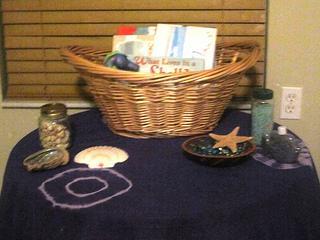
We are beginning our science this year with an Oceanology Unit. I am from Florida, so I think this will be a great way to share my love of all things Florida with Elle and Aiden. As an added bonus I will finally have something to do with all the shells we collected on vacation this year! Since my oldest is four years older than her brother, I thought it would be fun to host a Science workshop each Tuesday afternoon for the children and a few of their friends. Today we kicked off our Ocean Unit with a Water Cycle Workshop.
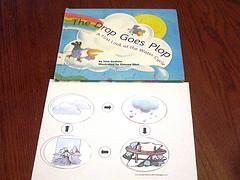
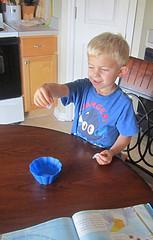
Before the older children arrived I read The Drop Goes Plop by Sam Godwin to Aiden and then showed him how to make rain clouds using cotton balls. We talked about how they became heavier once they were full of water. He really enjoyed squeezing them and making them rain! I downloaded the cute water cycle puzzle to go along with the book These activities gave him some background knowledge so he could 'hang' with the big kids in the afternoon!
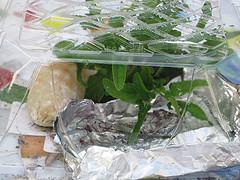
When everyone got to the house we set up a miniature water cycle model outdoors using a plastic lettuce container, a rock, grass and a little aluminum 'lake' we made. Then we closed it and left it alone until later in the day so it could heat up. Luckily, today was a hot day and we had a fantastic little water cycle model when we came back to check on it.
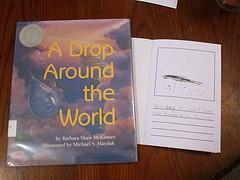
After an introduction to the water cycle, I read A Drop Around the World by Barbara Shaw McKinney. The story follows one raindrops journey around the world and incorporates all the key water cycle vocabulary. The children then wrote their own stories about the travels of a raindrop. Aiden dictated his story to me and I wrote it down while the big kids worked independently.
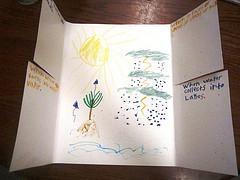
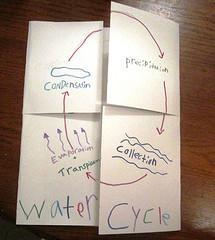
Next, the children made a chart to reinforce their water cycle vocabulary. I found this great visual at The Inspired Classroom Blog. The children wrote their vocabulary words on the outside of the flap and their definitions on the inside of the flap and then illustrated them in the center of the board.
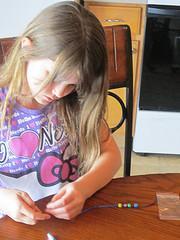

The children worked on water cycle bracelets using instructions I found on MakingLearningFun while the water boiled for our first experiment.
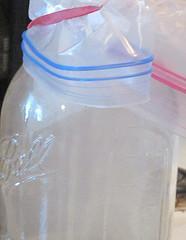
Once our water boiled we made Clouds in a Jar. The picture is not very clear, but it looked really neat! This was a great concrete way to show condensation. You can click here for detailed instructions.

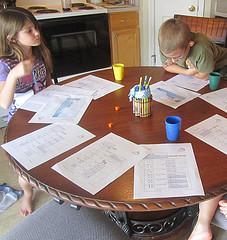
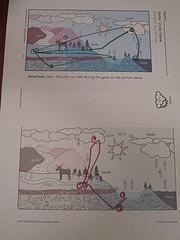
We played a fun water cycle game. The children rolled dice and moved through the water cycle based on the number they rolled. At the end of the game they compared their journeys and we discussed how each one of them took a different path through the water cycle. As you can see they are deep in thought as it was a bit tricky at first. They really enjoyed it once the figured it out and learned quite a bit.
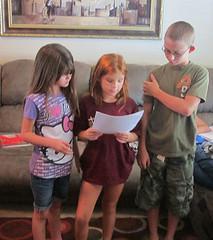
To wrap up today's workshop, the older children performed a funny water cycle reader's theater.
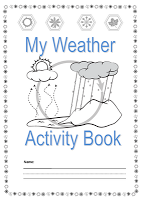

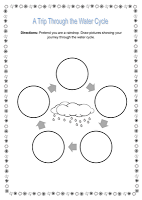
I am using a wonderfully creative science activity packet to enrich and compliment the hands-on portion of Elle and Aiden's science throughout the rest of the week. A K-2 version of the activity packet as well as a 3-5 version can be purchased, which makes it ideal for the homeschool mom or dad teaching multi-ages. I think our little learners feel empowered when they are learning the same thing as their older siblings! This particular one is for weather, but I pulled the water cycle game and activities to use and then filed the rest away to use when we do a full weather unit.
That's it! Each week I will post a new science workshop on my blog. I hope these posts help make your science instruction a little bit easier and a whole lot of fun:)
